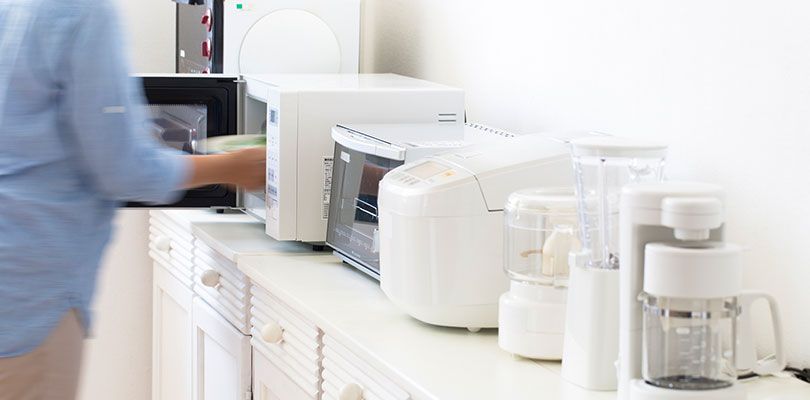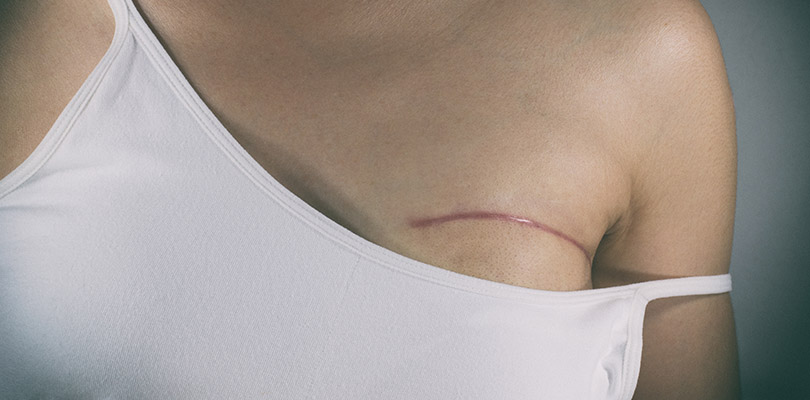Separating Fact From Fiction When It Comes to Cancer and Household Products
Cancer is frightening, and with new information piling up every day, it can seem like almost everything raises your risk of the disease. Fortunately, many of the scary claims simply aren’t true: fact and opinion tends to get mixed up quickly, and myths can blossom into popular beliefs without the evidence to support them.
Instead of living in fear of a devastating diagnosis, take a closer look at the evidence behind the common cancer claims. When there is something to be concerned about, there’s a good chance it’s not inevitable, so don’t panic — consider what you can do to decrease your risk.
Household and Hygiene
Understandably, many people are concerned about their exposure to chemicals, radiation, and other invisible threats to their health, especially when it’s central to their everyday routine. Here’s what the experts say about two of the most common household cancer fears.
Microwaves
These nifty little boxes were happily welcomed into homes back when they hit the market in the 1980s, since they cut down cooking time so much.
The reason? They use a certain type of radiation known as radiofrequency (RF) radiation that, when absorbed into things that contain water (like food), will quickly create heat. This is low-energy radiation, as opposed to the high-energy radiation that’s found in X-rays and UV light that is associated with DNA damage and cancer.
Since microwaves do not use the notoriously dangerous radiation, they do not change the molecular structure of the food, and they cannot add toxins or “cancerous” properties. Moreover, the actual waves of radiation that heat the food are locked inside the oven, so you don’t have to worry about exposing your body to any sort of radiation when you’re heating up your meal (unless the door isn’t properly sealed).
Antiperspirant
Every now and then, a new alarming anecdote will circulate online about how antiperspirant causes breast cancer.
The fear seems to stem from a couple of particular ingredients: aluminium chlorohydrate and aluminium zirconium tetrachlorohydrate, compounds that plug your sweat ducts to prevent perspiration. However, studies show these chemicals likely sound more menacing than they are.
Although there have been studies to explore the possible link between the relatively high incidence of breast cancer and the widespread use of antiperspirant, experts like Dr. Ted S. Gansler of the American Cancer Society are quick to point out that there is really no evidence to support that claim.
While many metals are known to interfere with estrogen reception (a player in breast cancer risk), there’s no sign that the ingredients of antiperspirant are absorbed into the breast tissue. However, research is continuing to explore the possibility of a cancer link, so you might want to keep an eye on reports.
Resources
American Cancer Society (Microwaves, Radio Waves, and Other Types of Radiofrequency Radiation)WebMD (Antiperspirants: Should You Sweat it?)Oncology Nutrition (Sugar and Cancer)BreastCancer.org (Eating Soy May Turn on Genes Linked to Cancer Growth)National Cancer Institute (Cannabis and Cannabinoids (PDQ) – Patient Version)Oncology Nutrition (Caffeine and Cancer)Thyroid cancer is a rare type of cancer that begins in the thyroid gland. Get information on thyroid cancer symptoms and treatment options here.







